10 Ways to Give a Better Lecture
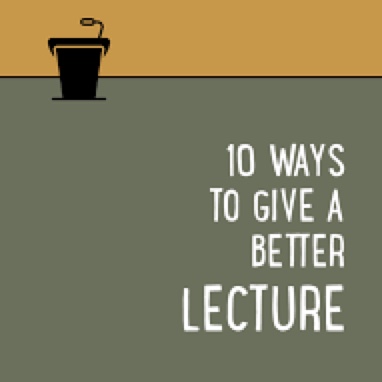
Mostly due to overuse and poor execution, lecturing has come to be frowned upon in modern teaching. However, if done well, a lecture can be an extremely effective tool. Here’s how to make your lectures better.
Matt Thomas’ EL Video Archives
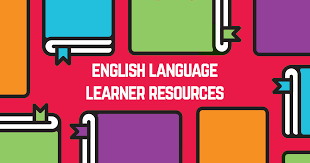
Here you will find all the video workshops created by our very own Matt Thomas on a variety of topics ranging from understanding teenagers to teaching English Learners. This page will be updated as Matt creates new content.
Nearpod 101 (It’s Not Just for Distance Learning!)
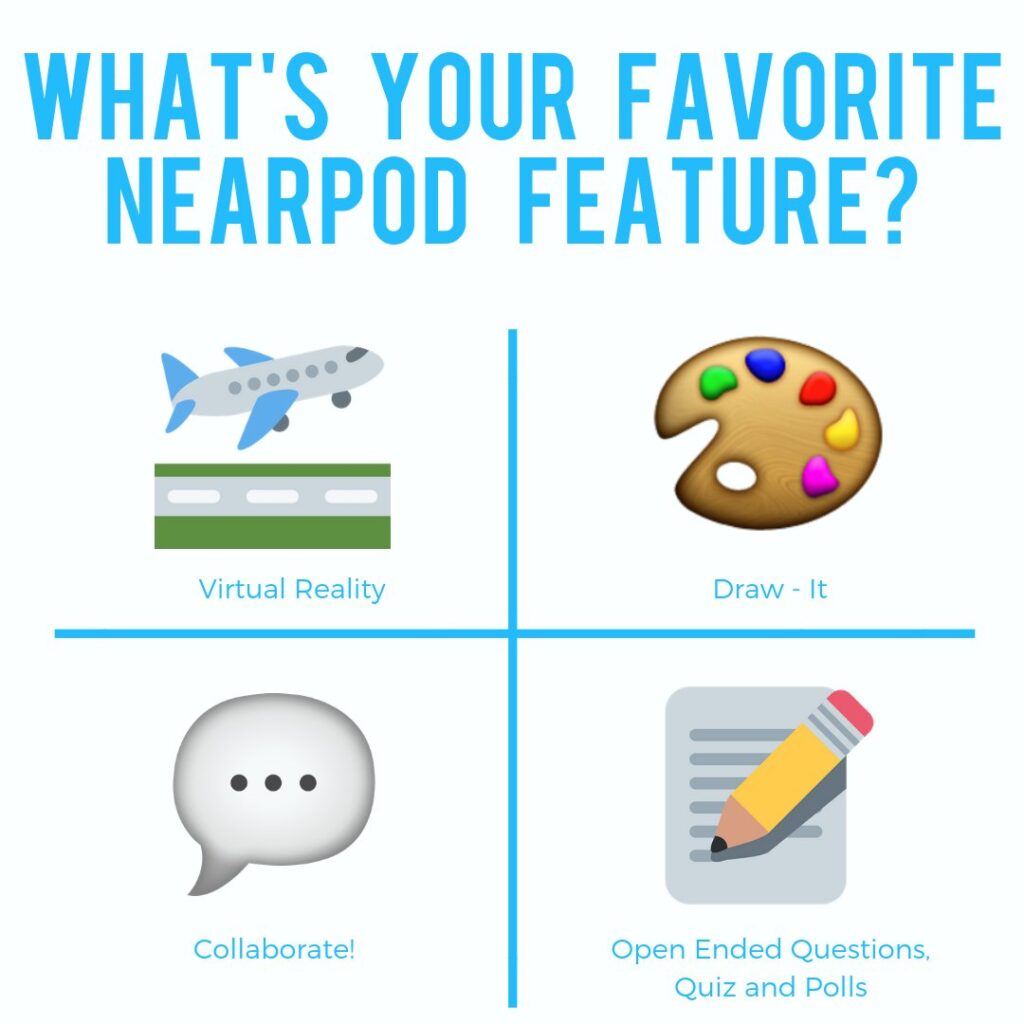
The premium version of Nearpod is now FREE for PUHSD teachers! If you’ve never heard of Nearpod or thought it was just for distance learning, come check out its collection of content and activity features…
Icebreakers & Community Builders
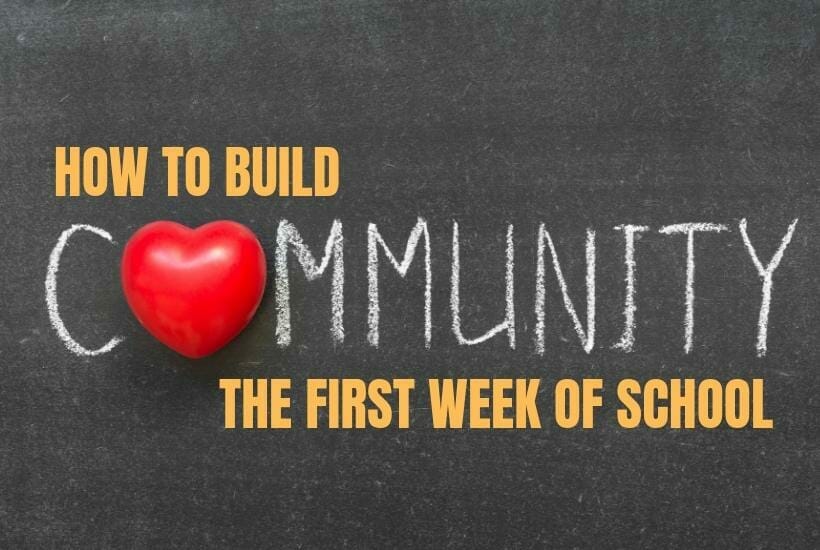
Taking time to build community, nurture relationships, and support students’ social-emotional needs first will lay the essential foundation you need to be successful with academic content throughout the year.
Thin Slides EduProtocol

In this EduProtocol, students are provided a word and asked to create a slide with the word, a definition, and a picture in 3 minutes or less. Students are given about 5-10 seconds to share and “whip around” the classroom.
Frayer-a-Thing EduProtocol
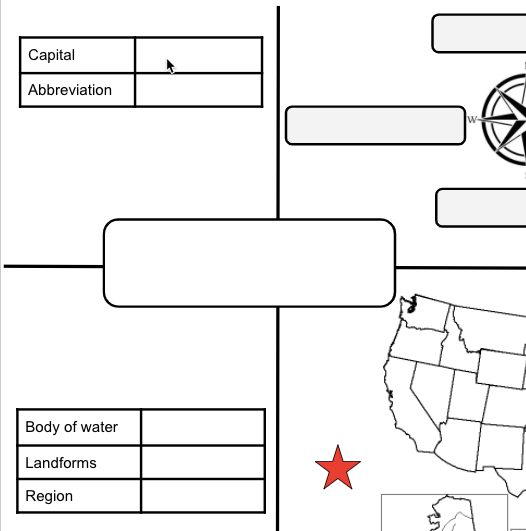
In the Frayer EduProtocol, students use a collaborative slide deck to define target vocabulary and apply their knowledge by generating examples and non-examples, giving characteristics, and/or drawing a picture to illustrate the meaning of the word.
Creative Ways to Use Jamboard
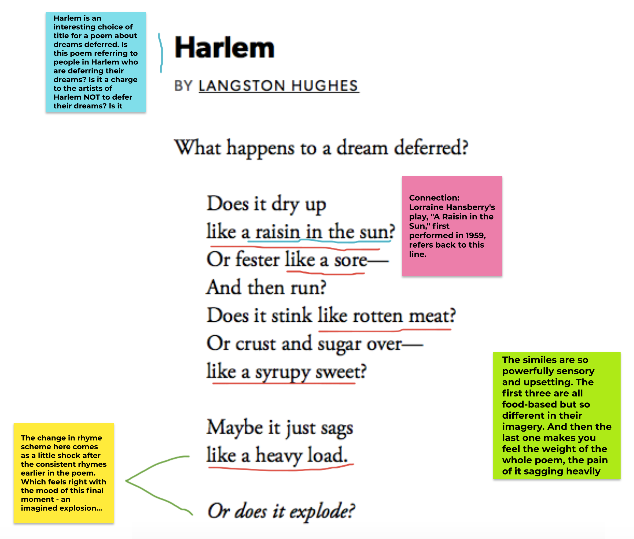
Jamboard is Google’s digital whiteboard that gives students a place to brainstorm and work collaboratively using drawing and writing tools, sticky notes, shapes, images, and more. This resource includes templates and activity ideas including annotations, photo comic strips, voting, pros and cons discussions, Top 10 Lists, and Four Corners.
Two No-Prep Strategies to Crowdsource Student Learning in Your Classroom
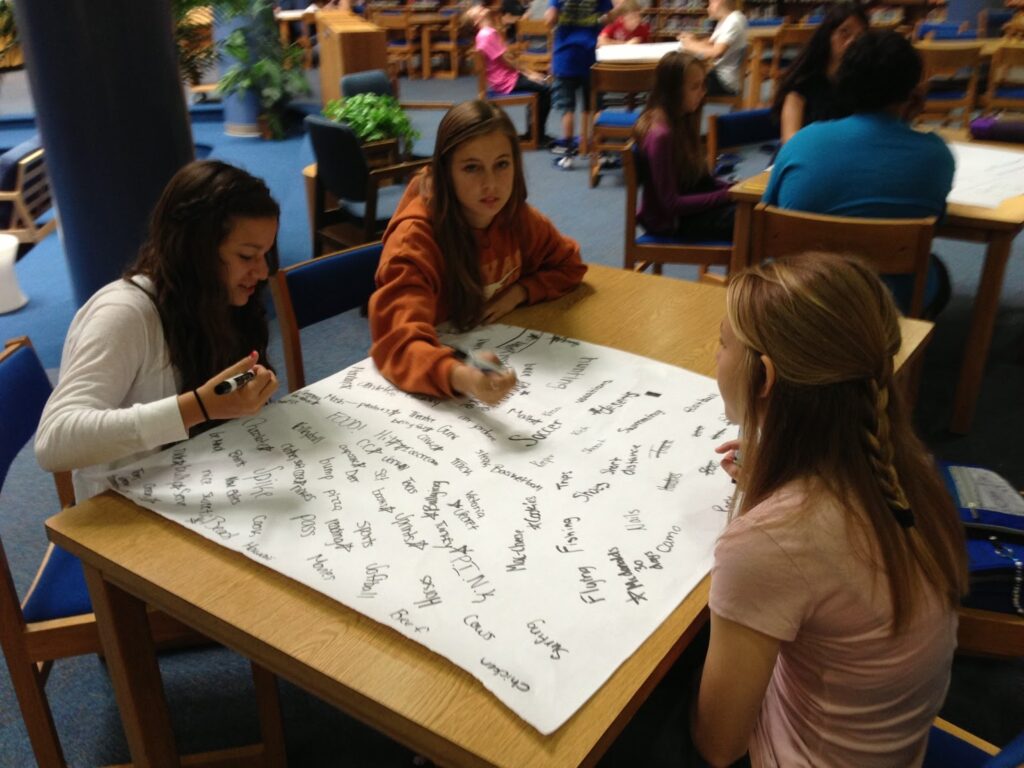
In this post are two strategies you can use in your classroom that engage students in “crowdsourcing” learning via retrieval practice. No prep or grading required!
Pop-Up Debates
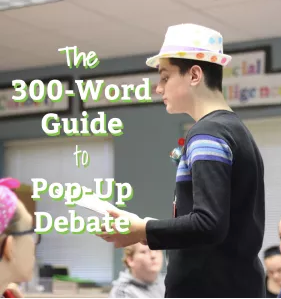
Pop-up Debate is a method for managing and facilitating in-class debates; it is easily modifiable for other speaking scenarios, such as discussions or toasts.
Students use assigned text(s), logic, and/or course content to respond to a debatable prompt and their peers’ arguments using the rules below. Every student speaks 1+ times, depending on time constraints. These limits are set by the teacher. To speak, students simply “pop up” at their desks and talk. First person to speak has the floor. When multiple students pop up, teach them to politely yield the floor. Argument is a collaborative endeavor, and collaboration isn’t a pointed finger and, “Sit down, I was up first.”
A-Z Sentence Summary
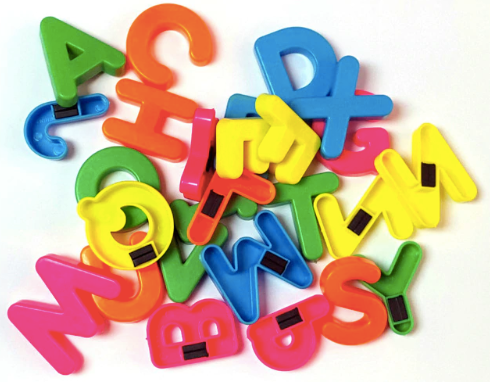
In this activity, students use alphabet refrigerator magnets to create a Chalkboard Splash review. At the end of a lesson, students choose magnetic letters, attach these to the whiteboard, and write their one-sentence summaries on the board. This activity is a great wrap-up to almost any lesson, enabling students to share and contribute to a larger-scale whole-class summary.
The Biggest Aha Bar Graph
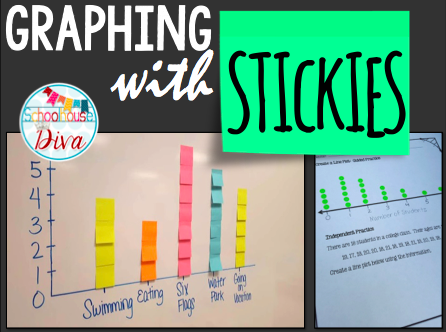
The Biggest Aha Bar Graph allows you to capture what students feel are their most important insights learned and see commonalities among them. Basically, it’s a bar graph constructed using your students’ Biggest Aha Quick-Writes. It allows you to peek into their minds as a group and see what portions of your lesson made the biggest impact on students and what needs further attention.
IQ Cards (Insight & Question)
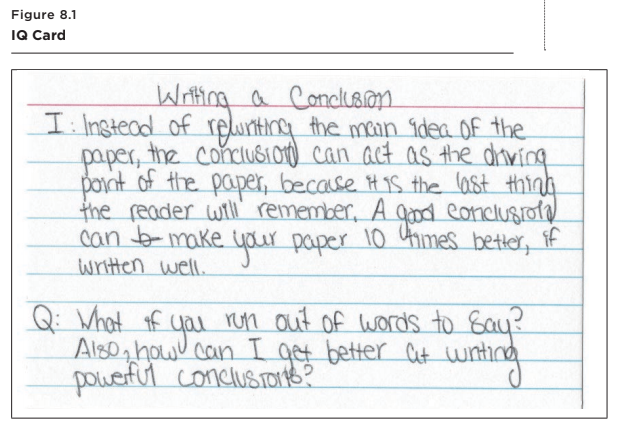
IQ Cards allow all students to share two things: an insight (I) and a question (Q). They also allow all students to read one another’s insights and questions in a collaborative final step. These work well wtih difficult-to-test concepts that are measured by bigger-picture understandings. Examples might include historical conflicts and inequities, human responsibility, climate change, conservation, and controversial readings.
Hold-Ups
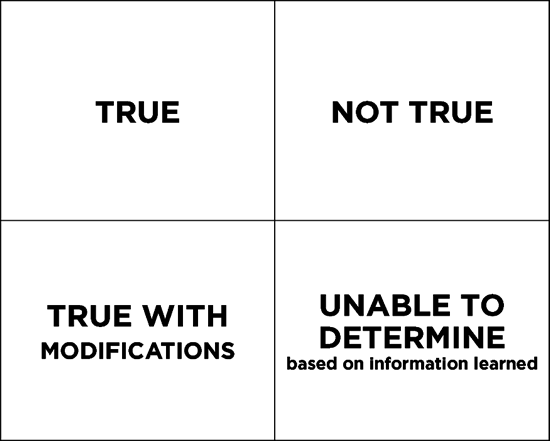
Hold-Ups are interaction-based activities that use response cards. In these activities, students interactively reflect on a prompt and hold up a card, paper, or whiteboard in response. The most essential component to the Hold-Up is the interaction.
Thumbs Up/Down Vote

Thumbs Up/Down Vote is another one of those quick techniques that many teachers use frequently. It is simply a yes/no vote with students putting their thumb up if they agree and down if they disagree. This simple technique provides a quick reading of the class, but to make it meaningful, it should be used as the second or last part of a Ripple. In other words, the vote ought to represent deep thinking that has already occurred, and for which you have already required evidence from each of your students.
Thumps Up When Ready & Processing Cards
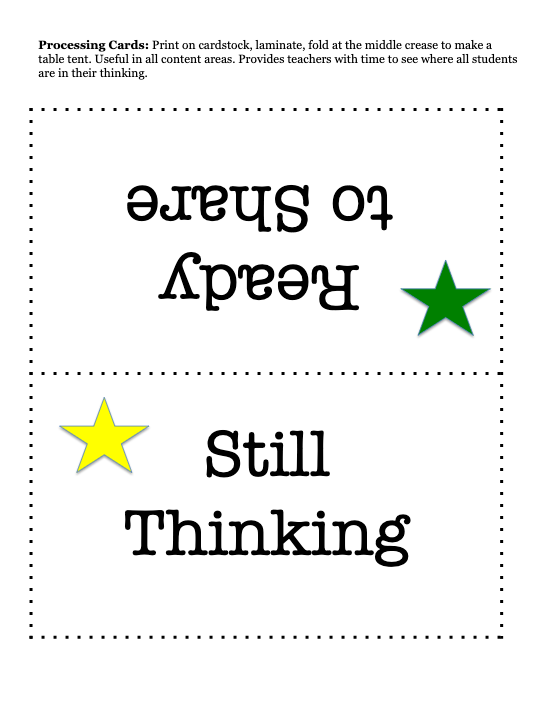
Allowing students to take even a brief moment to process their reflections to a prompt is critical if you want to get high quality responses, especially if you have students with certain special needs or English language learners in your class. Here are two ways to read each individual’s progress as the students process their reflections. Both techniques also serve as great unspoken reminders to students that they should all be in the process of reflecting on the prompt.
Chalkboard Splash
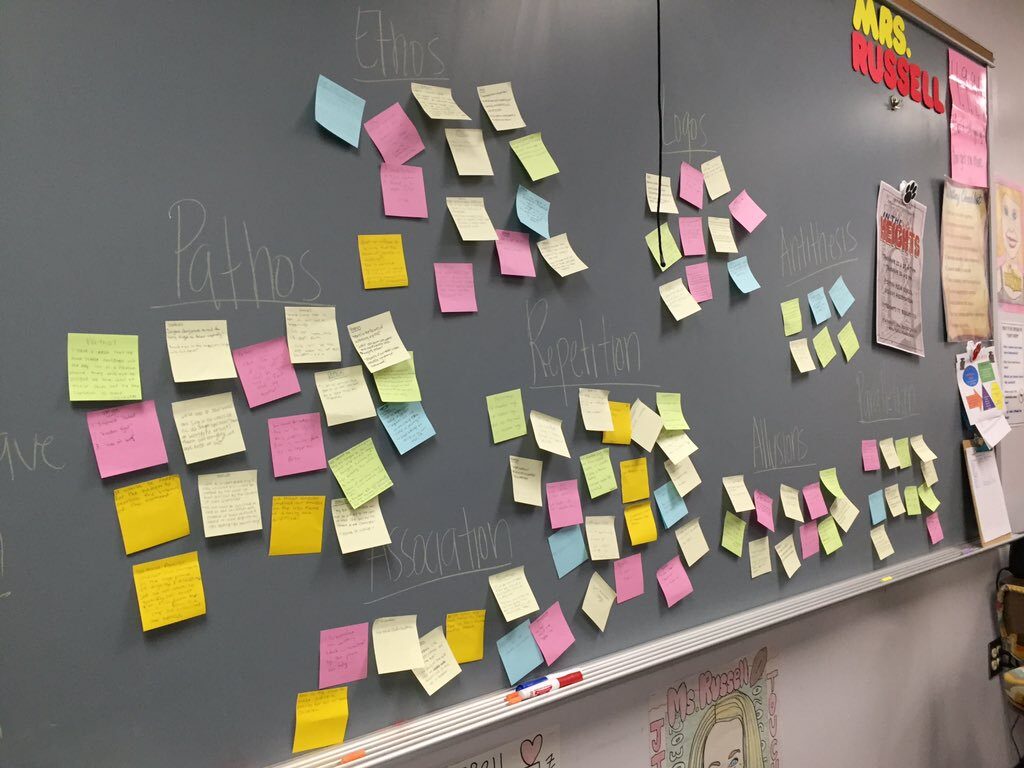
Chalkboard Splashes provide a quick way to debrief students’ responses, Quick-Draws, or abbreviated Quick-Writes.
Quick-Draw Gallery Walk

Quick-Draws are opportunities for students to demonstrate their understanding of an abstract term or concept by representing it in a drawing. This can be used with any age group and in any content area, not only for
Jot Thoughts
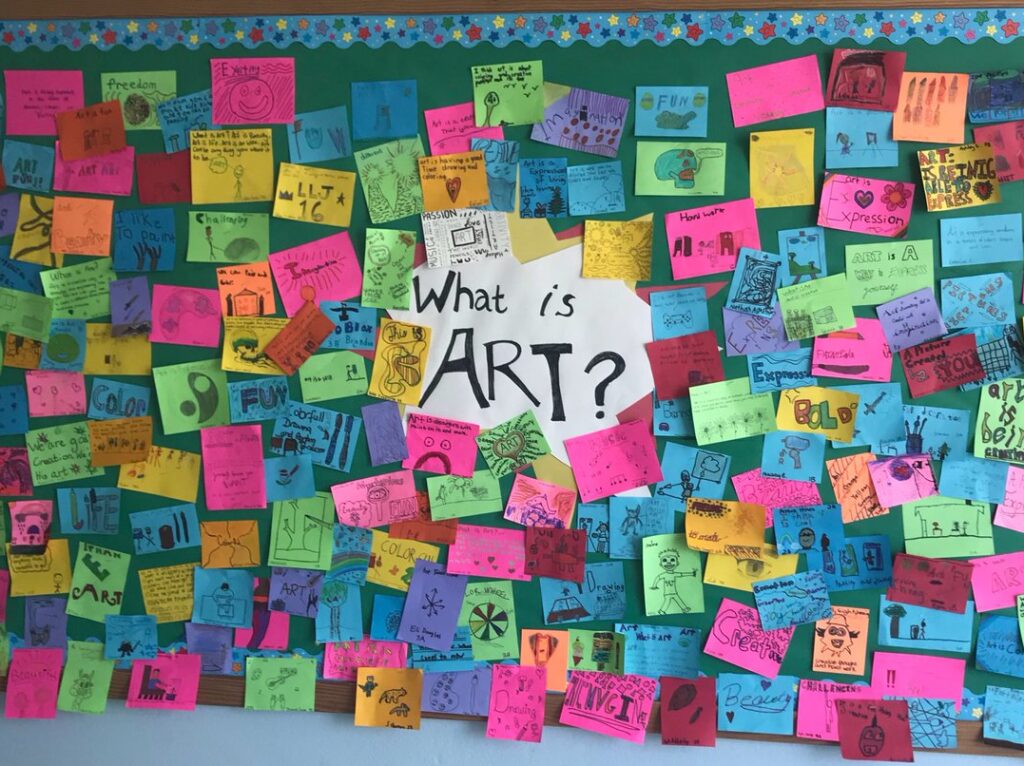
Teammates cover the table, writing ideas on slips of paper.
